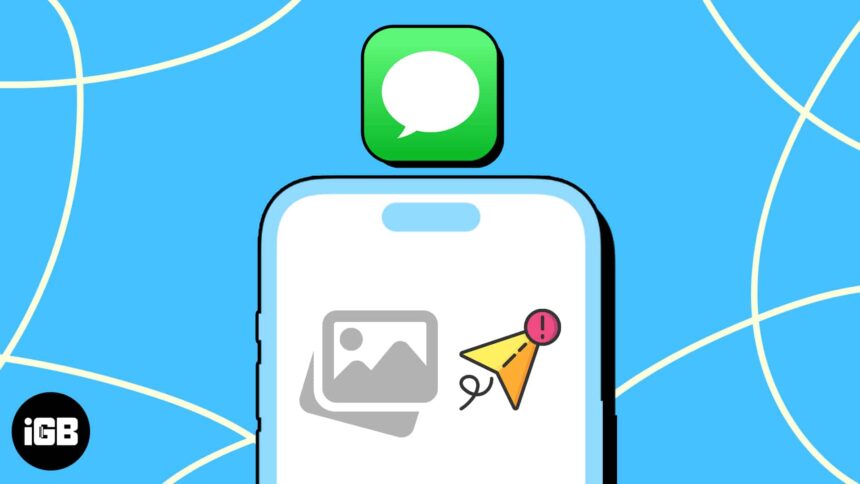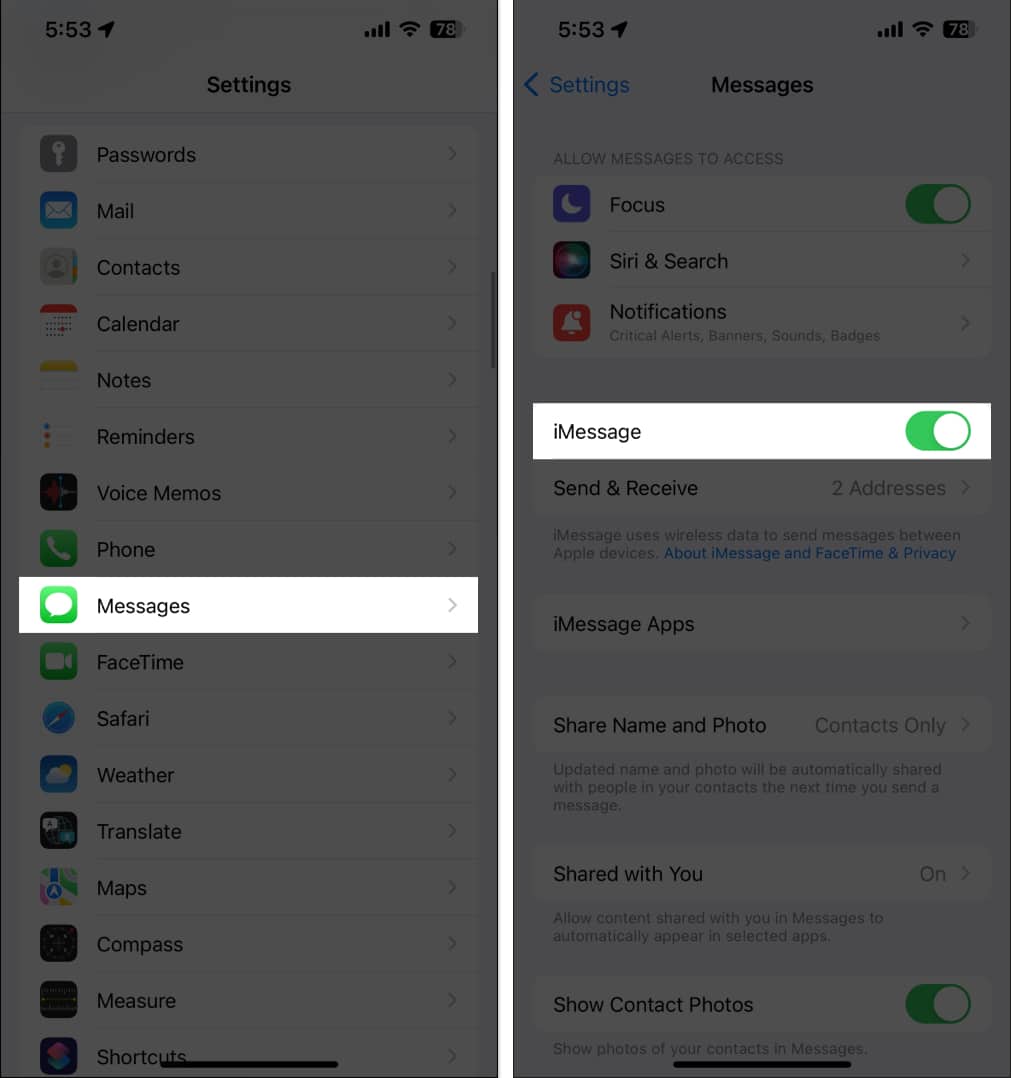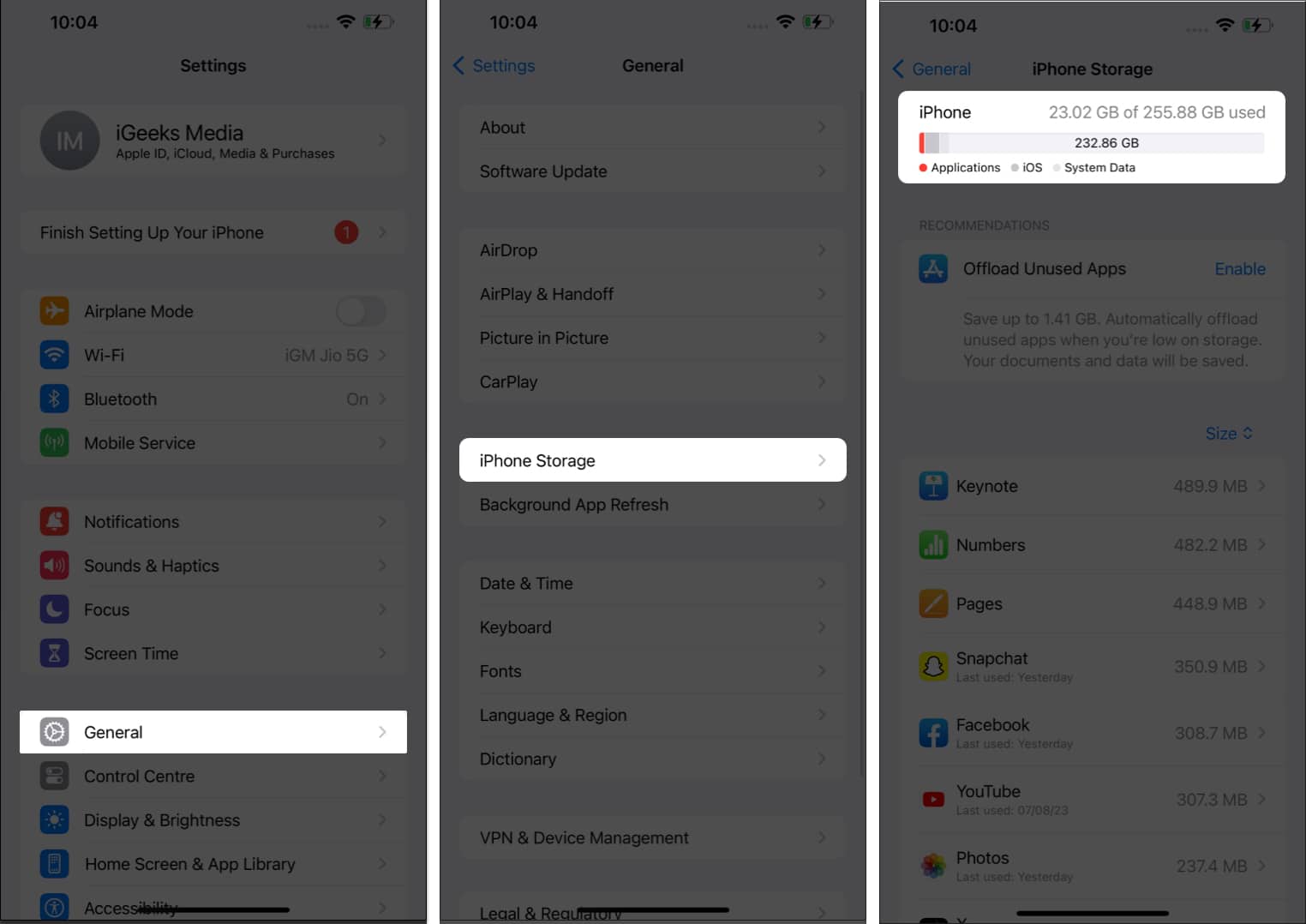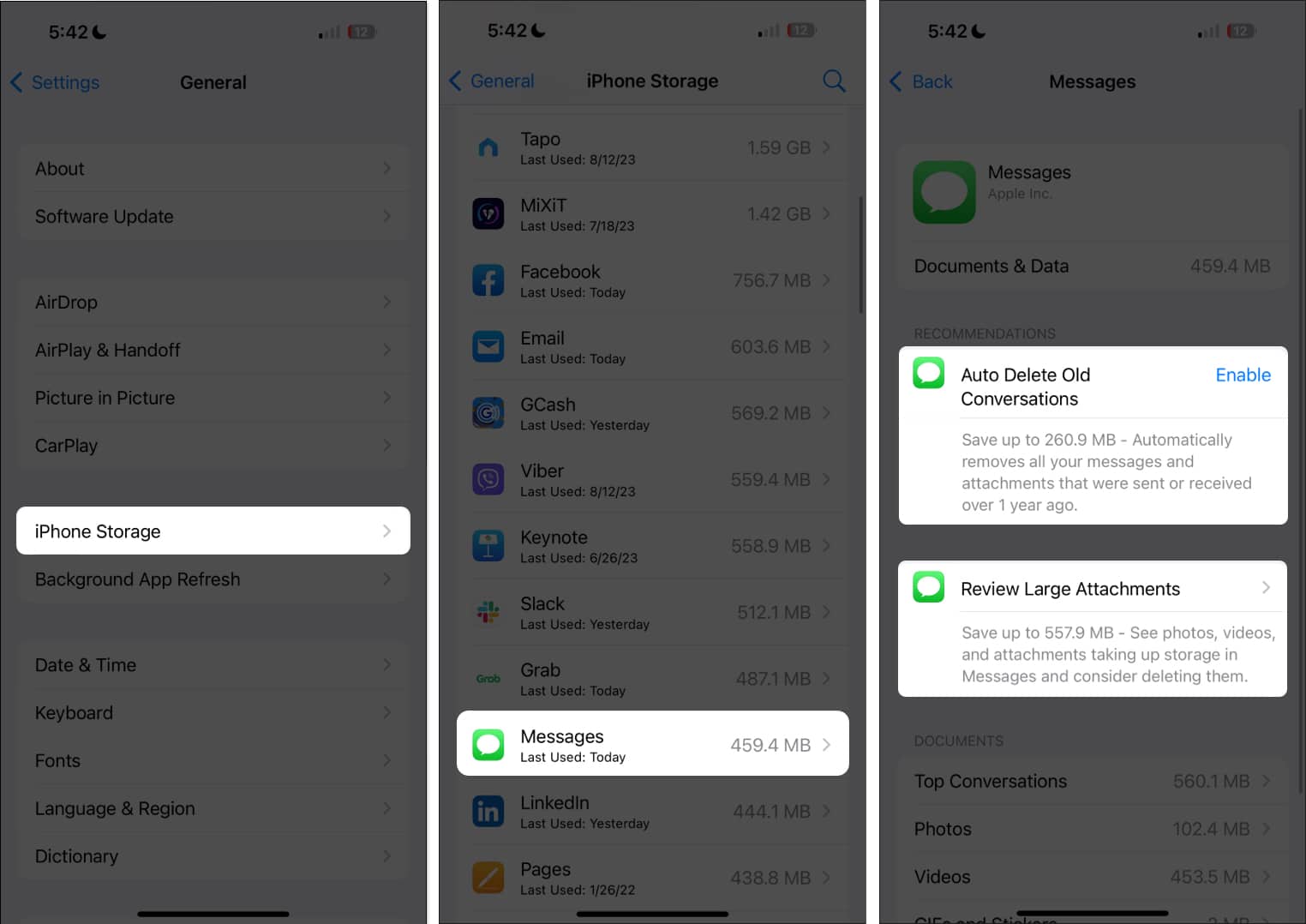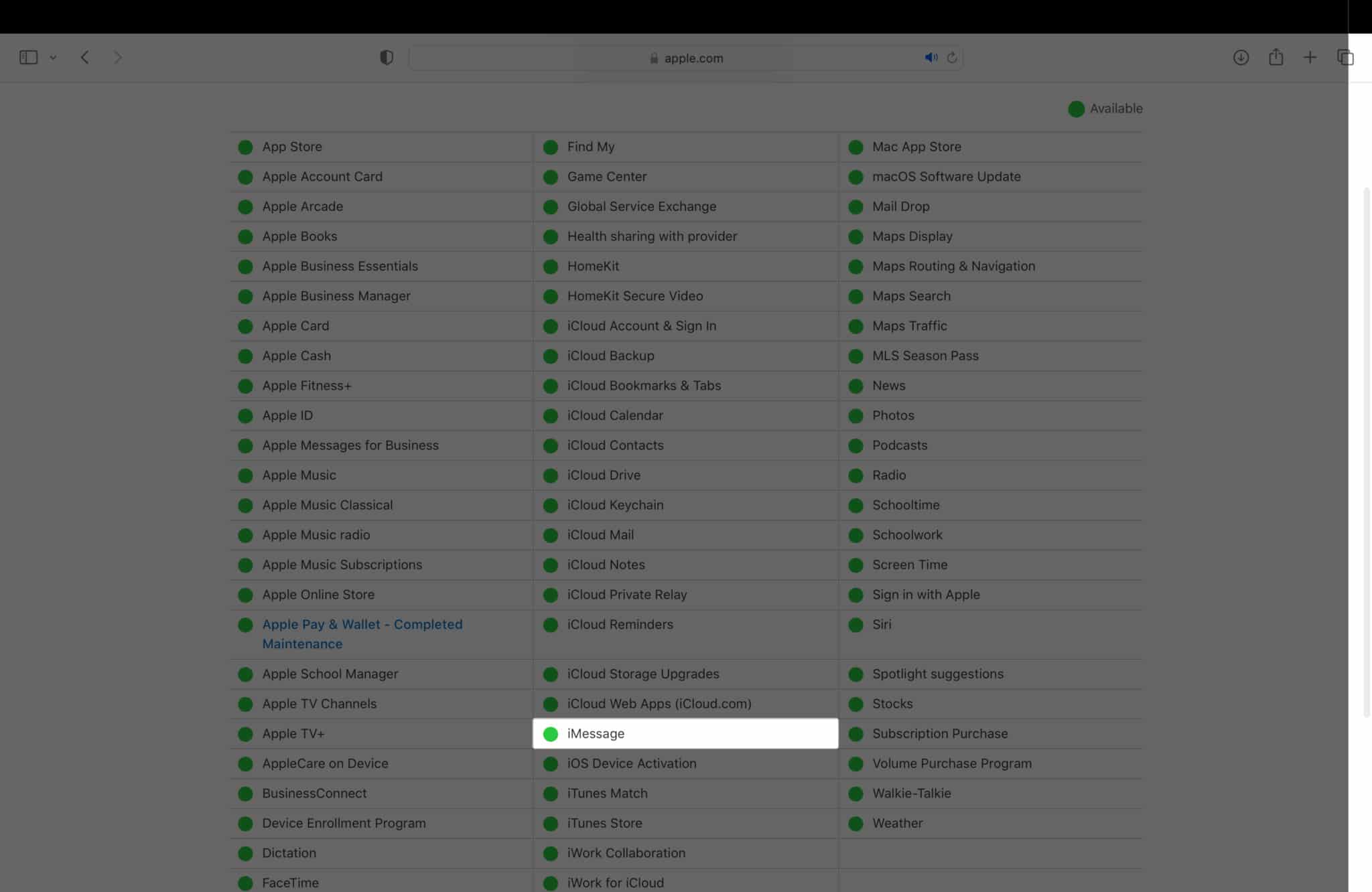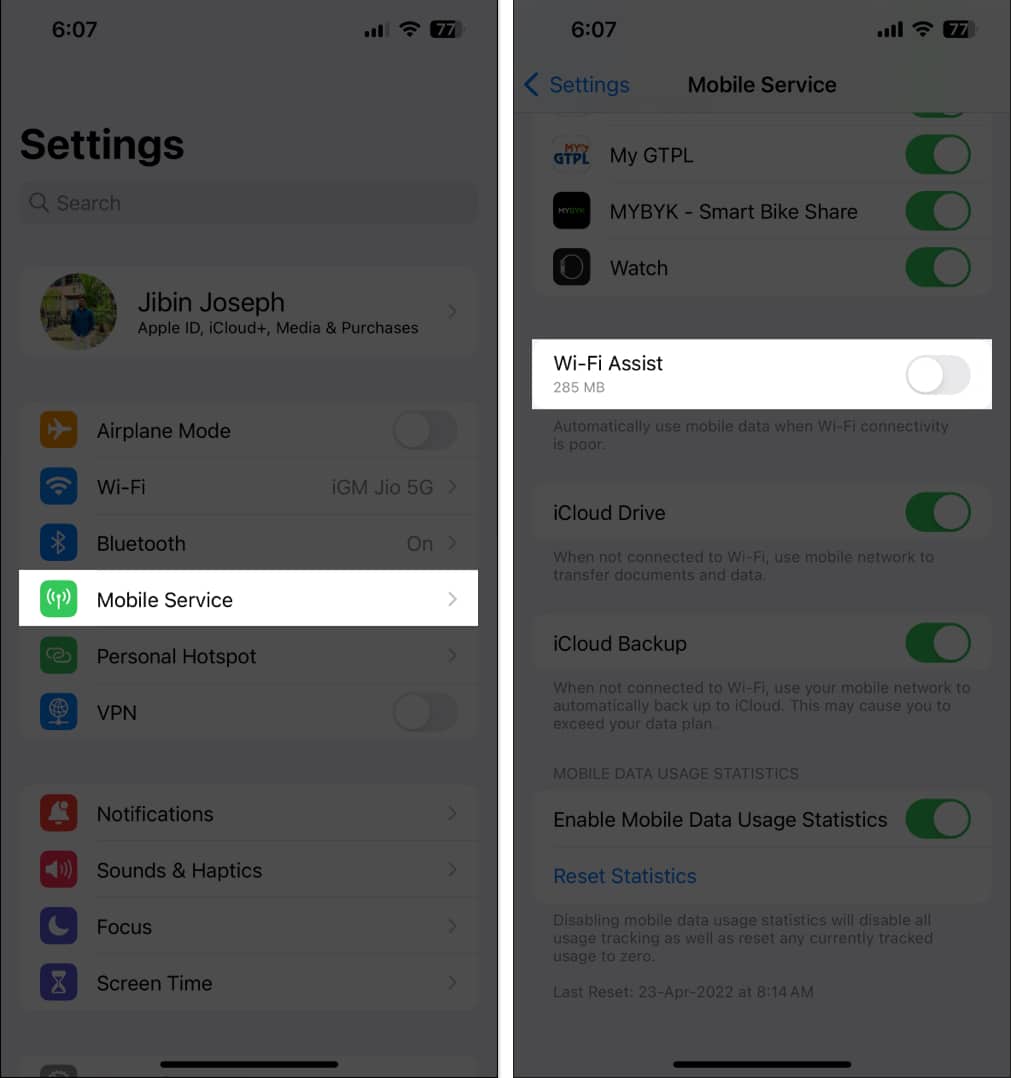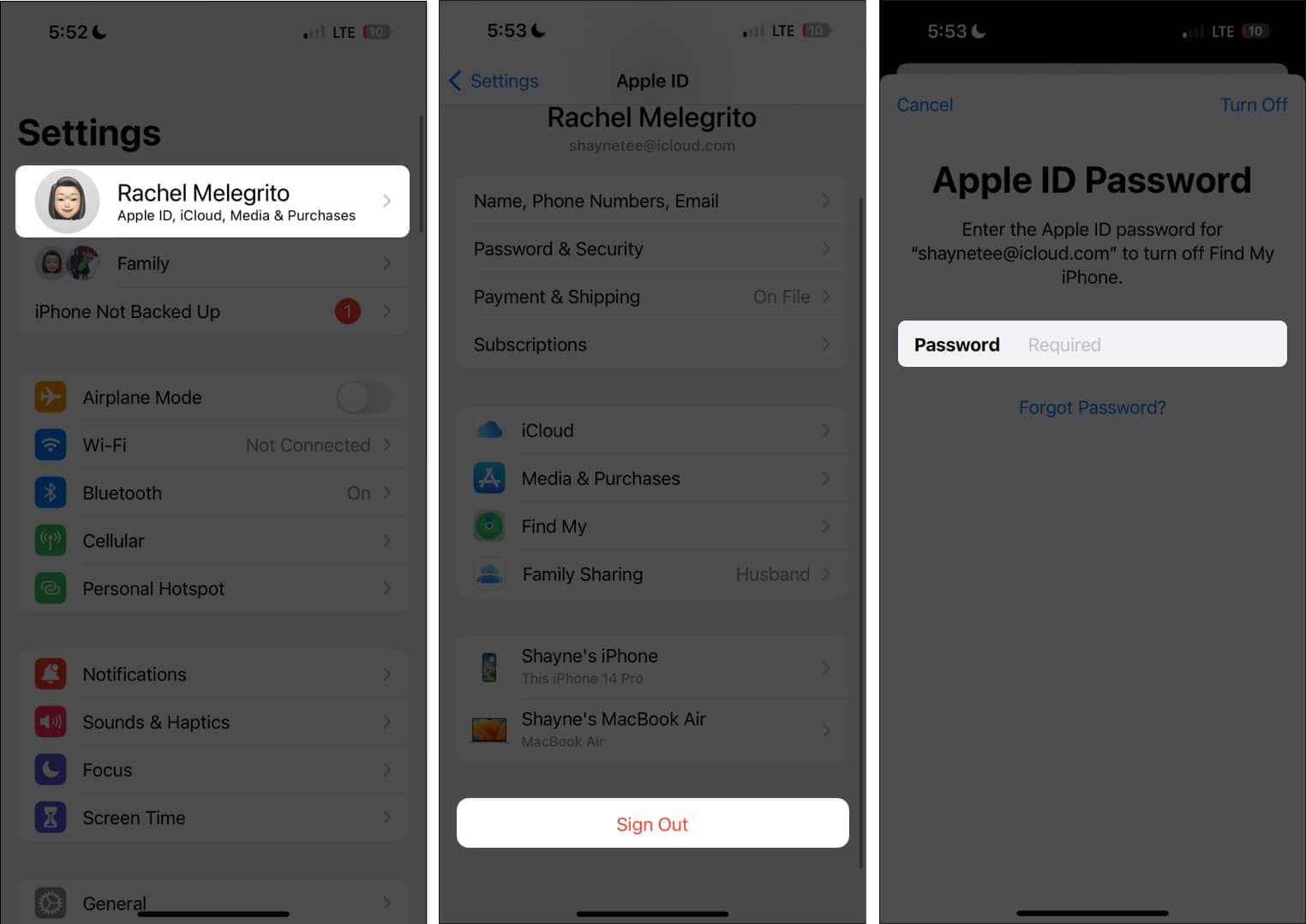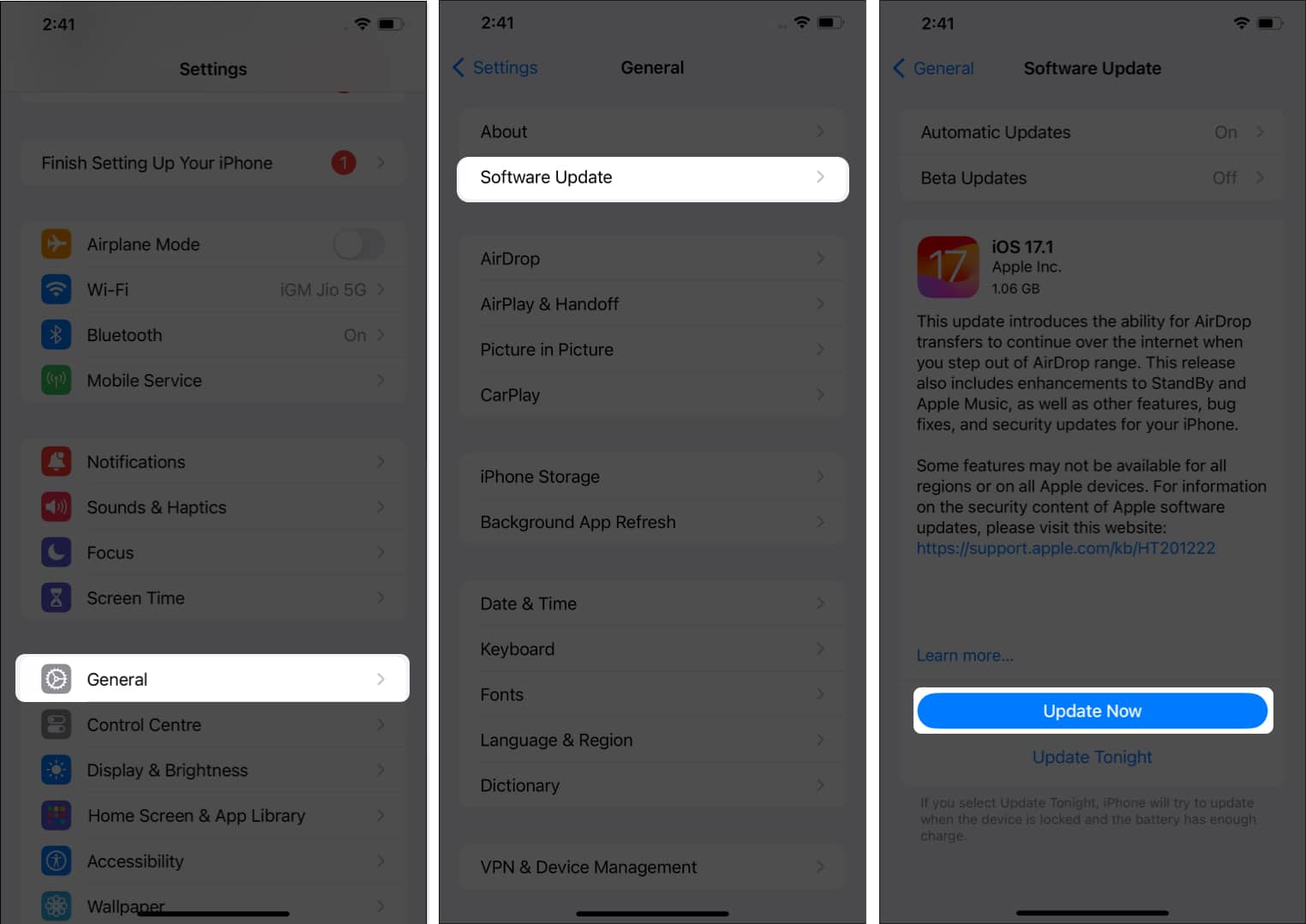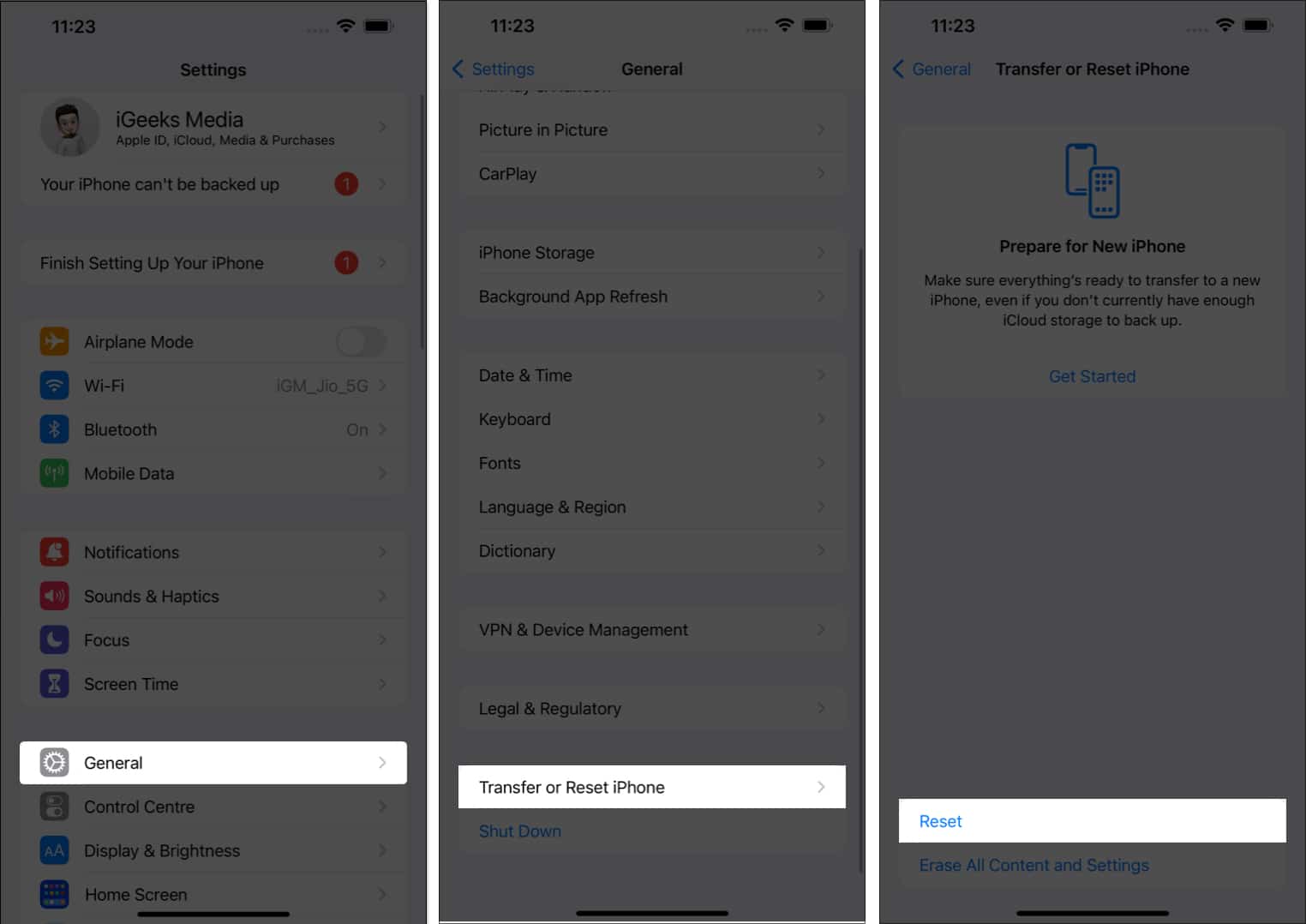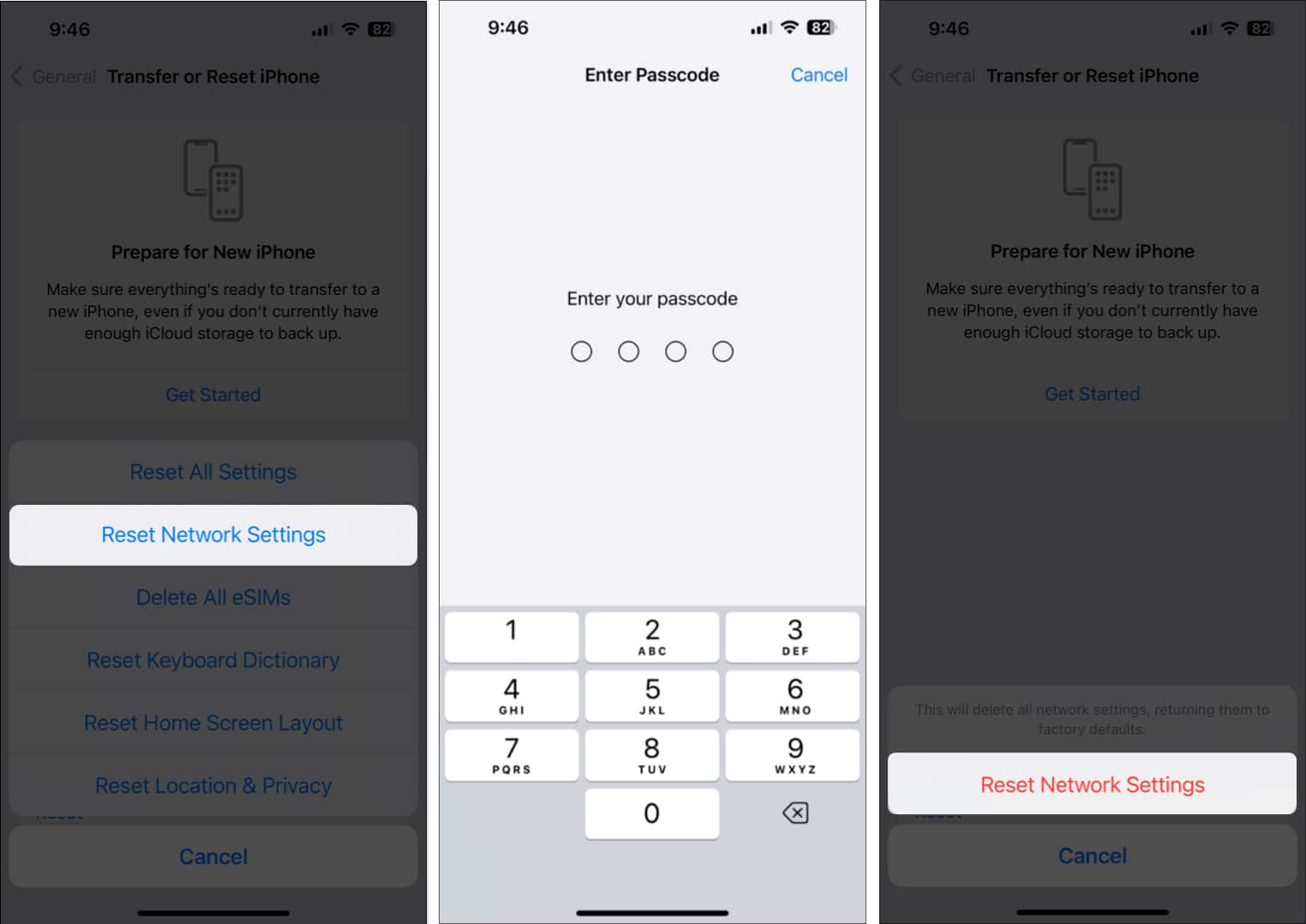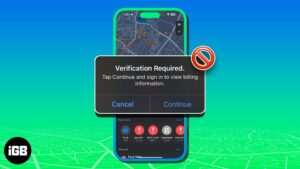At times, your iPhone may come up with an unexpected error in the Messages app: when you send someone a picture, you see a “Not Delivered” alert in the conversation.
When this happens, don’t blame the Messages app. The error may occur due to a problem in your carrier network settings on iMessage.
Let’s focus on the solution and move ahead with this complete guide to fix the iPhone not sending picture messages issues.
Why is my iPhone not sending picture messages?
As I researched the solutions, I found many iPhone users have reported this issue on Apple Forum.
There are a plethora of reasons why you may be unable to send or receive picture messages on your iPhone. So, before we move on to the potential fixes, here are some common reasons behind this issue:
- Errors related to the Messages app or the network settings
- Network-related issues on Apple’s or the carrier’s end
- Insufficient storage capacity for storing new images
- Software-related bugs in iOS or your Apple ID
Now that you have a clear understanding of the underlying problems let’s learn the solutions.
How to fix iPhone not sending picture messages issues
Whether you are unable to send a photo attachment in iMessage or receive images in MMS format, the following solutions will help you to get back the smooth messaging experience.
1. Ensure iMessage is enabled on iPhone
The Messages app sends different types of messages in two ways: through SMS/MMS or iMessage. iMessage lets you send text, photos, and videos to other Apple devices via cellular data or Wi-Fi.
That said, your iPhone can’t receive or send pictures on iPhone if iMessage is not turned on. To turn on iMessage, go to Settings app → Scroll down to Messages → Toggle on iMessage. Also, tap Send & Receive and select the number to use in Messages.
2. Enable MMS for Messages
You can still send images to non-Apple users through MMS messaging. MMS uses the same technology as SMS to send and receive multimedia content. But you must have a text messaging plan.
- To enable MMS Messaging on your iPhone, go to Settings → Messages.
- Turn on MMS Messaging.
If you don’t see this option, your carrier might not support it. If you have seen this feature before, here are some tips to fix the MMS Messaging option missing on your iPhone:
- Remove the SIM card and reinsert it.
- Have someone send you an MMS message.
- Ask your carrier to send you MMS message settings.
3. Check network connection
iMessage requires a stable Wi-Fi or cellular connection to send media files like images and videos. The app might struggle to send the files if your network is poor or unstable.
So, ensure you have an active cellular data plan. Then try disabling your cellular data, restart your iPhone and then enable cellular data. You may also use WiFi or toggle Airplane mode on/off to have a more stable network connection.
4. Check if the recipient has iMessage
If you’re sure your iMessage is activated and working well, the next step is to check if the person you’re sending an image to has iMessage.
iMessage only works with Apple devices, so if your text messages go seamlessly as green message bubbles, the recipient may be a non-Apple user. In that case, try using iMessage alternatives to send your pictures instead.
5. Try sending it to a different contact
To check if the issue is limited to a particular contact and is not an iMessage issue, try sending an iMessage to another Apple user. If it works, then the problem is with the contact.
Here are some potential reasons why you can’t send pictures from your iPhone to another user via iMessage:
- iMessage is turned off on the recipient’s device.
- iMessage is temporarily unavailable on their device.
- You have the wrong contact number.
- Your contact changed their number.
- Your connection is using a different device.
6. Check the file size
Sending a large file can be troublesome. Check your file size by going to Photos, selecting the image, and swiping up to see the metadata. If the file size is too large, reduce the image’s file size first. Also, you may send lower-quality images automatically,
- Go to Settings → Messages.
- Scroll down and toggle on Low Quality Image Mode.
7. Check iPhone storage
A full iPhone storage will prevent you from receiving pictures on your iPhone.
To check your storage, go to Settings→ General → iPhone Storage.
8. Restart Messages app
As simple as this sounds, restarting the app can help fix glitches and bugs that might be the culprits behind your iPhone not sending or receiving pictures.
Swipe up and hold your iPhone’s home screen to open App Switcher, find the Messages card, and swipe it up to force quit Messages. Then, wait for a few seconds and relaunch Messages.
9. Clear your iMessage cache on iPhone
Sometimes, clearing your iMessage cache can solve the problem. To do this:
- Go to Settings → General → iPhone Storage → Messages.
- Here, you’ll see the items that take up space on your Messages app.
- You can see large attachments and delete them manually or enable Auto Delete Old Conversations to delete messages and attachments you sent or received over a year ago.
10. Check System Status
If you find yourself and other users complaining about your iPhone not sending picture messages, it might be a server issue. Visit Apple’s System Status page to see if iMessage’s server works well.
11. Disable Wi-Fi Assist
Another feature that might cause problems, especially if you’re trying to send large files, is the Wi-Fi assist feature. This automatically switches to cellular data when it detects a poor Wi-Fi connection.
However, your cellular data might be insufficient to send the picture files over iMessage, leading to message failure.
- Go to Settings → Cellular.
- Scroll down and toggle off Wi-Fi Assist.
12. Sign out and sign in to Apple ID on iPhone
Signing out and signing back in with your Apple ID may help reset any connection error that prevents your iPhone from sending and receiving pictures. To do so:
- Open Settings → Tap your name.
- Scroll down and tap Sign Out → Enter your password.
After a few minutes, sign back in and check if this fixes your issue with your iPhone not sending pictures.
13. Install Carrier Updates
Your carrier service releases occasional updates to improve cellular usage on your iPhone. You may face the problem of an iPhone not sending picture messages if you don’t update your iPhone to its latest carrier settings.
Go to Settings → General → About. If updates are available, you will see a popup asking you to update the settings. If not, they’re up to date.
14. Update iOS
Apple consistently updates the iPhone’s software to ensure apps and features run smoothly. Using an outdated iOS might hinder app functionality, particularly when interfacing with other Apple devices running a more recent iOS version.
- To update iOS, Settings → General → Software Update.
- Tap Update Now if an update is available.
15. Reset Network Settings
If this is a sudden issue, there may be an issue with some cellular settings on your iPhone. Resetting your Network Settings may help fix the problem.
Note: Write down or save your Wi-Fi passwords since resetting your network settings will reset all Wi-Fi networks and passwords, including VPN and APN settings and cellular settings.
- Go to Settings → General.
- Tap Transfer or Reset iPhone → Select Reset.
- Tap Reset Network Settings.
- Enter your passcode to confirm → Tap Reset Network Settings.
Wrapping up…
These were all the possible ways to fix an iPhone that won’t send picture messages. We’re sure one of them helped you to resolve it.
If none of the above solutions worked, the underlying problem may be more complex and could be a hardware issue. In this case, it’s best to contact Apple Support for professional assistance.
Read more:
- Best iMessage tips and tricks for iPhone users
- How to send text message (SMS) instead of iMessage on iPhone
- Ways to fix “Tap to Download” not working in iMessage
🗣️ Our site is supported by our readers like you. When you purchase through our links, we earn a small commission. Read Disclaimer.

